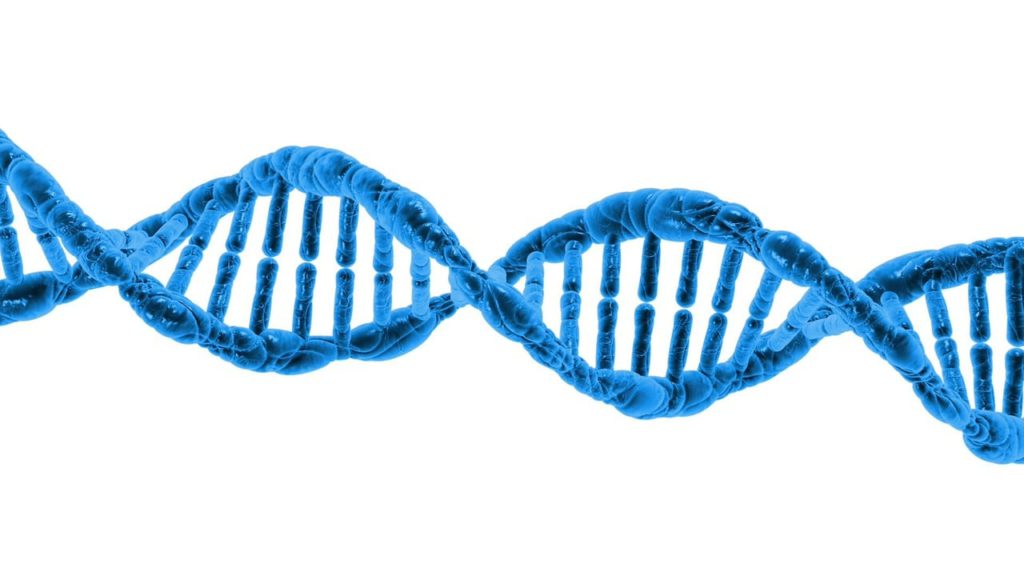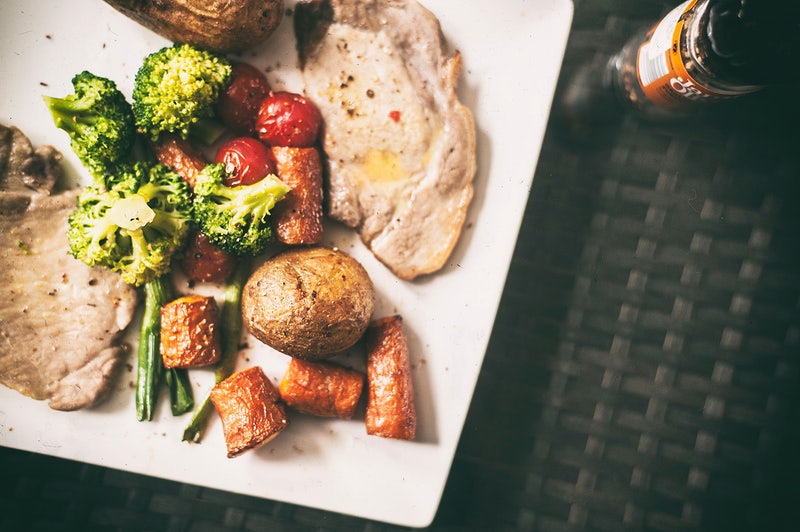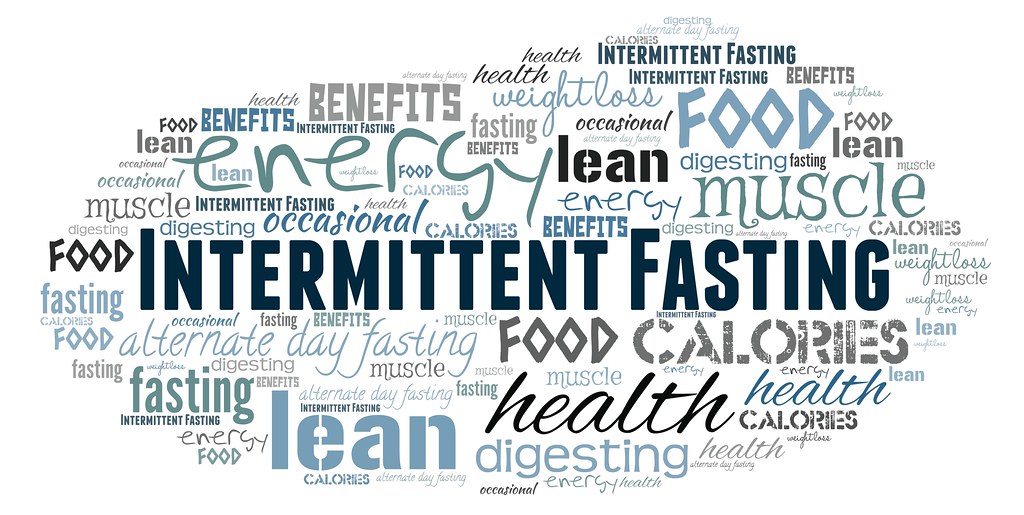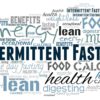Basics of INTERMITTENT FASTING
After 20 years as a Personal Trainer, I’ve helped thousands of clients achieve their Get LEAN & STRONG Goals, with a variety of approaches. One of the most effective and sustainable Nutritional methods I’ve used is Intermittent Fasting.
Intermittent fasting is NOT a Diet, but rather an EATING PATTERN that involves alternating periods of Eating & Fasting. In this blog post, I’ll show you how to Drop BodyFat using Intermittent Fasting & Maintain Muscle Mass, backed by Science & Practical Tips.
Introduction to Intermittent Fasting for Fat Loss
Intermittent fasting has gained popularity in recent years for its potential health benefits, including BodyFat Loss, Improved Insulin Sensitivity & Reduced Inflammation. Unlike traditional diets that restrict calories or limit certain foods, intermittent fasting focuses on when you eat rather than what you eat.
By restricting the time window in which you consume food, you can create a calorie deficit without feeling deprived or hungry all the time. There are different types of intermittent fasting, but the most common ones are 16/8, 5:2 & Alternate Day Fasting.
—> 16/8 involves restricting your eating window to 8 Hours and fasting for 16 Hours
—> 5:2 involves eating normally for 5 Days and restricting calorie intake to 500-600 Calories for 2 non-consecutive Days
—> Alternate Day Fasting involves fasting every other day or eating only 500-600 Calories on fasting days
The choice of which type to follow depends on your Schedule, Lifestyle, Personal Preference and most importantly RESULTS.
Science Behind Intermittent Fasting

Insulin Sensitivity
Growth Hormone
Testosterone
Visceral Bodyfat
One of the main benefits of intermittent fasting for FAT LOSS is improved INSULIN SENSITIVITY.
Insulin is a hormone that regulates blood sugar levels and promotes fat storage. When you eat, your body releases insulin to help transport glucose from your bloodstream to your cells.
However, when you eat too frequently or consume too many carbohydrates, your body becomes resistant to insulin, leading to high blood sugar levels and fat gain. Intermittent fasting helps to lower insulin levels and improve insulin sensitivity, which in turn promotes fat burning and reduces the risk of type 2 diabetes.
Another hormone that is affected by intermittent fasting is GROWTH HORMONE. Growth hormone is a hormone that promotes muscle growth, fat burning, and anti-aging effects. During fasting, growth hormone levels increase, which can lead to enhanced fat burning and muscle preservation.
TESTOSTERONE, another hormone that’s linked to muscle mass and fat metabolism, also increases during fasting. And as you know, having a high Testosterone level has a ridiculously-high amount of Awesome Benefits for getting Leaner & Stronger.
VISCERAL BODYFAT is the type of fat that surrounds your organs and increases the risk of chronic diseases and what’s super Cool is this decreases during fasting. Visceral BodyFat is especially dangerous when it accumulates around the LIVER b/c the liver is critical when it comes to having a Healthy & Fat-Burning Metabolism.
Also don’t forget that the liver is responsible for cleaning and purifying the blood, that flows throughout the entire body.
Benefits of Intermittent Fasting for
Fat Loss & Overall Health
In addition to the hormonal benefits, intermittent fasting has other advantages for fat loss and overall health. One of the main benefits is that it helps to create a CALORIC DEFICIT without feeling hungry or deprived.
By restricting the time window in which you eat, you naturally consume fewer calories without having to count or track them. This can lead to sustainable weight loss and improved body composition.
Intermittent fasting has also been shown to Reduce Inflammation, Improve Brain Function & Increase Longevity. By reducing oxidative stress and inflammation in the body, fasting can help to prevent chronic diseases such as cancer, heart disease and Alzheimer’s.
Fasting has also been shown to IMPROVE COGNITIVE FUNCTION, Memory & Mood. Finally, by promoting Autophagy, which is the process by which damaged cells are cleared away, fasting can help to slow down the aging process and increase your lifespan.
How to Get Started with Intermittent Fasting
If you’re new to intermittent fasting, it’s important to start gradually and find a method that suits your needs and lifestyle. You can begin with a 12-Hour Fast and gradually increase the Fasting Window to 16 Hours or more.
It’s also important to stay hydrated and consume enough electrolytes, especially during the fasting period. You can drink water, herbal tea, black coffee, or bone broth to help suppress hunger and stay hydrated. You can also take small shots of 100% ALL-NATURAL Salt. Not the fake white stuff that’s been highly processed.
It’s also important to plan your meals and focus on nutrient-dense foods during the eating window. This can help to prevent overeating and provide your body with the nutrients it needs to function properly. You can also experiment with different fasting methods and see which one works best for you.
Finally, it’s important to listen to your body and adjust your approach if necessary. If you feel weak, dizzy, or lightheaded during fasting, it may be a sign that you need to eat more or adjust your fasting schedule.
Tips for SUCCESSFUL Intermittent Fasting

HOW TO
Avoid Hunger + Stay Hydrated + Maintain Muscle Mass
Intermittent fasting can be challenging, especially in the beginning. Here are some TIPS to make it easier and more sustainable:
1) Avoiding Hunger
—> Eat high-protein meals during the eating window to help you feel full and satisfied
—> Eat fiber-rich foods such as vegetables, fruits, and whole grains if you can b/c fiber-rich foods will help you feel full and regulate digestion
—> Drink water, herbal tea, or black coffee to help suppress hunger and stay hydrated
—> Use spices and herbs to add flavor to your meals without adding calories
2) Staying Hydrated
—> Drink at least 8 cups of water per day
—> Add electrolytes such as sodium, potassium, and magnesium to your water or drink bone broth
– if you want a short-cut here, just consume a little bit more ALL-NATURAL Salt and make sure it has Iodine in it
—> Avoid sugary drinks or artificial sweeteners that can spike insulin levels and break the fast
3) Maintaining Lean Muscle Mass
To maintain lean muscle mass during fasting, you can try the following:
—> Exercise regularly, especially strength training, to stimulate muscle growth and prevent muscle lo
—> Consume enough protein during the eating window to support muscle growth and repair
—> Avoid prolonged fasting or very low-calorie diets that can lead to muscle loss
Role of Ketosis in Intermittent Fasting

Ketosis is a metabolic state in which your body switches from using glucose as the primary fuel source to using ketones, which are produced from the breakdown of fat. Ketosis is usually achieved through a very low-carbohydrate diet or prolonged fasting.
During intermittent fasting, your body can enter a state of mild ketosis, especially during the fasting period. This can lead to Enhanced Fat Burning, Increased Energy & Improved Cognitive Function. However, it’s important to note that not everyone will enter ketosis during fasting, and it’s not necessary for fat loss or overall health.
Exercise + Intermittent Fasting = Maximum Fat Loss
To maximize fat loss and overall health benefits, it’s important to combine intermittent fasting with exercise, especially Weight Lifting. General Exercise can help to stimulate Muscle Growth, Increase Energy Expenditure & Improve Insulin Sensitivity.
During fasting, it’s best to focus on low to moderately intense exercise, like Lifting Weights around 15-20 Reps per Set. Cycling, Running, Yoga and even Walking are super helpful too! Heavy or High-Intensity Lifting will most likely be challenging, especially if you’re not used to it.
If you’re looking to build muscle while fasting, it’s important to CONSUME ENOUGH PROTEIN during the eating window to support muscle growth and repair. Eating Meat, Fish, Chicken or Wild Game are especially important!
You can also try consuming a Protein Shake or BCAAs before or after exercise to help preserve lean muscle mass.
Common Mistakes to Avoid with Intermittent Fasting
—> Eating too much or too little during the eating window
—> Not drinking enough water or electrolytes during fasting
—> Consuming too many calories or carbohydrates during the eating window
—> Not getting enough sleep or rest during fasting
—> Over-Exercising or not exercising at all
Tracking Progress & Adjusting Your Approach
—> Weigh yourself regularly and track BodyFat %
—> Take progress photos or measurements to monitor changes in your physique
—> Keep a food diary or use a tracking app to monitor your calorie intake
—> Listen to your body and adjust your approach if necessary
—> Consult with a healthcare professional or nutrition coach if you have any concerns or medical conditions
Intermittent Fasting for Sustainable
Fat Loss & Overall Health
Intermittent fasting can be a powerful tool for Fat Loss, Improved Insulin Sensitivity & Better Overall Health.
By restricting the time window in which you eat, you can create a calorie deficit without feeling deprived or hungry all the time. Intermittent fasting has also been shown to Improve Hormonal Balance, Reduce Inflammation & Increase Longevity.
To get started with intermittent fasting, it’s important to find a method that suits your needs and lifestyle, stay hydrated, and focus on nutrient-dense foods during the eating window.
You can also combine intermittent fasting with exercise, especially Weight Lifting in order to maximize FAT LOSS & MUSCLE PRESERVATION.
By avoiding common mistakes and tracking your progress, you can achieve sustainable fat loss and overall health with intermittent fasting.





